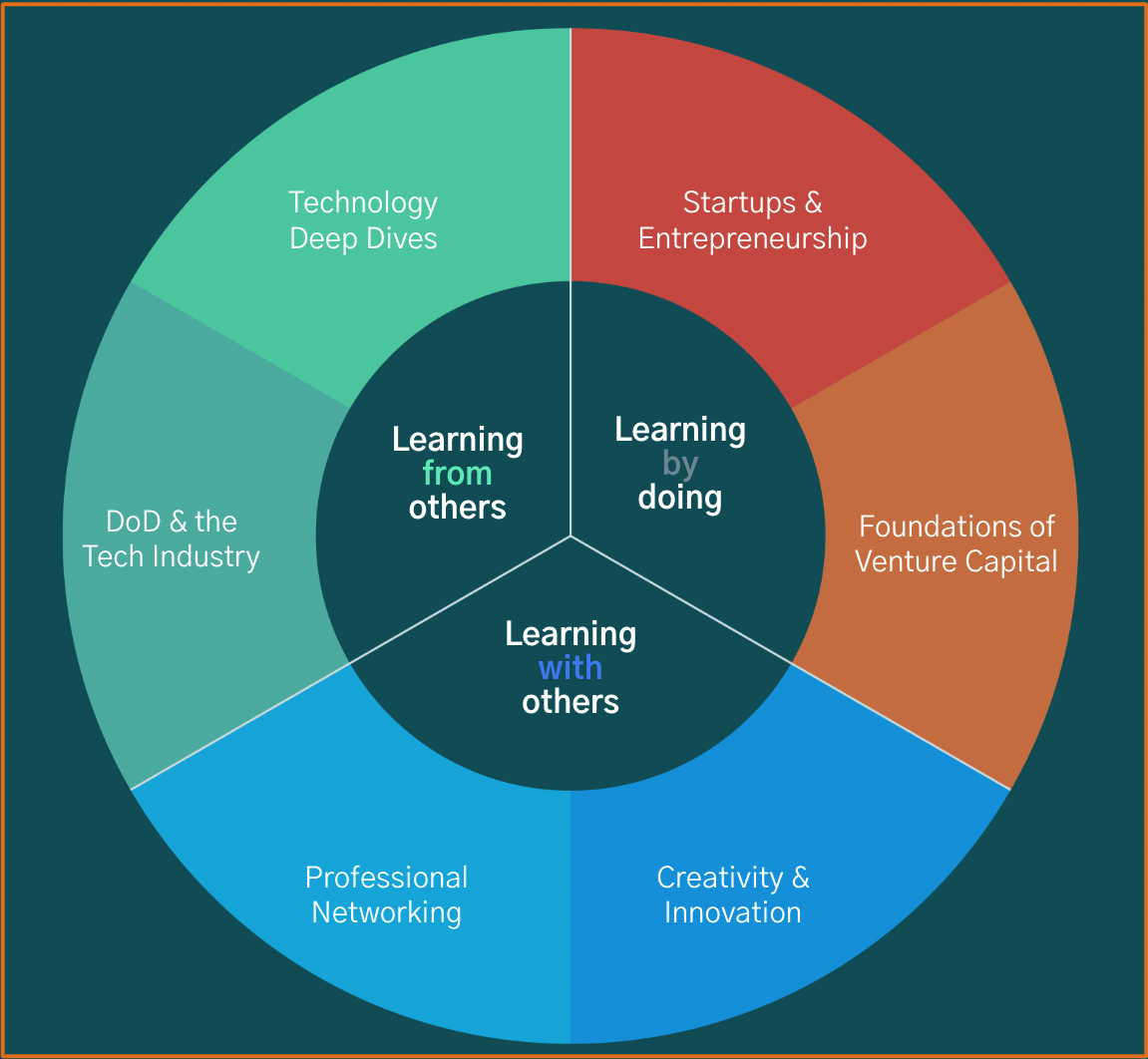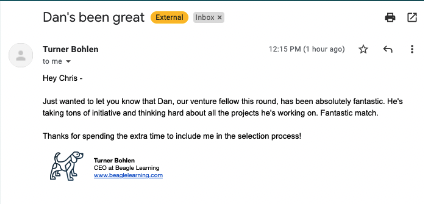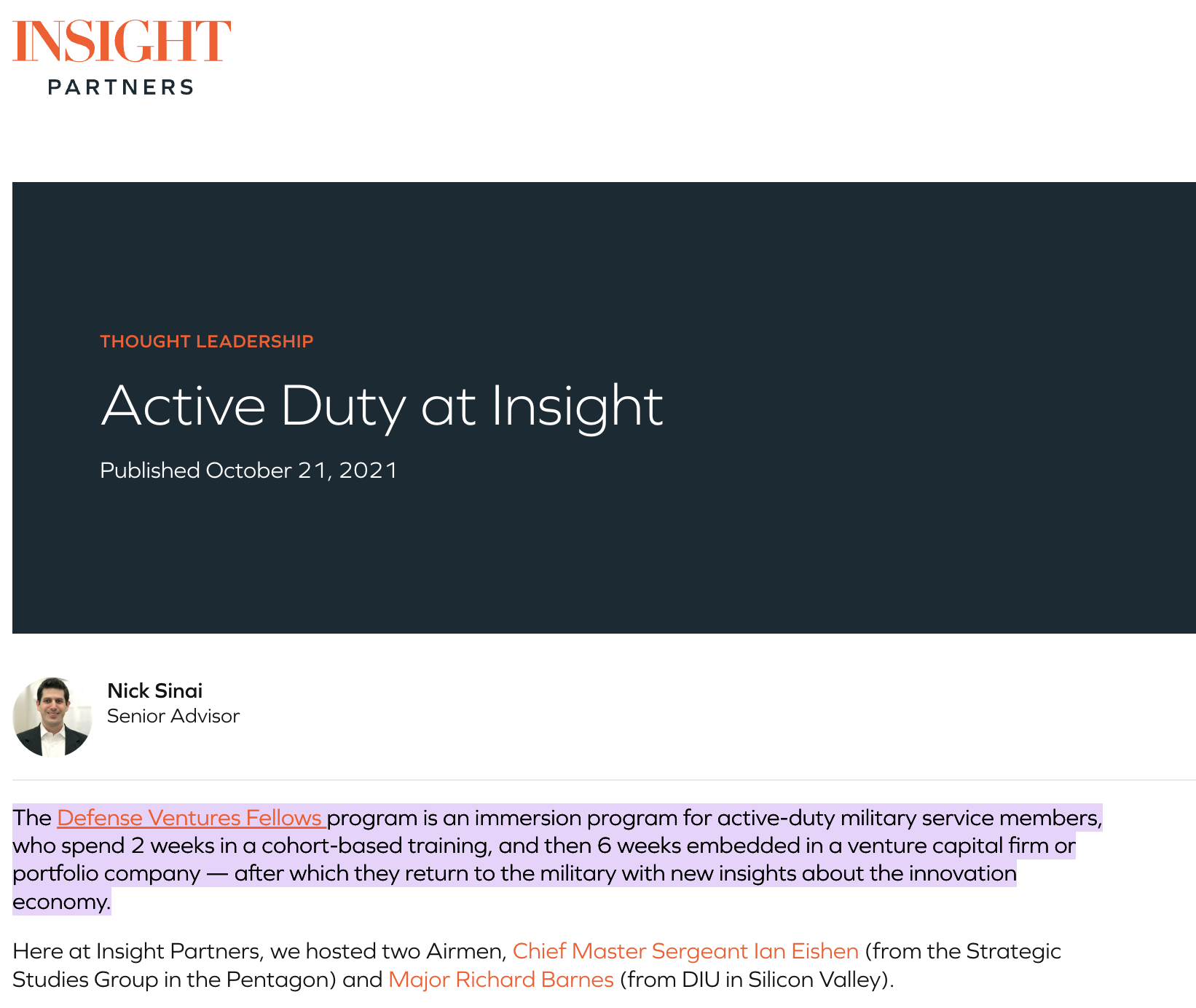TECH
Experiences
- Shift (2019-2022)
- NSA (2000-2003)
Skills
- Operation
- Product Management
- Pricing, Revenue Modeling
- Client Management, Sales, Pitching
- Recruiting
- Python, Java, SQL, Neo4J Graph Query, CMS/CS
- Modeling, Data Analysis & BI Tools
My father would bring IBM XT computer home from work on the weekends when I was a child. I’d spend hours breaking and rebuilding the MS-DOS operating system (it was the 80s), playing GWBasic floppy disk games, and exploring the local BBSes which predated the internet with a 14.4k modem.
During college, I worked front end web development at Skillview Technologies, a startup backed by Berkshire Capital Investors (which eventually became Village Ventures) in Western Massachusetts. After college, I joined the National Security Agency as a computer scientist. While I started out as a software engineer, I soon transitioned to a position that today would likely be called a data scientist. However, it was called something else back then because the term data scientist wasn't in use yet.
My intelligence career allowed me to investigate and model human behavior and decision making. I liked it more than pure coding, and because of advancements in computers, data storage and algorithms, much of my work since then touches on how data and intelligence can transform different industries and missions. I am more of a decision scientist than a data scientist, but I still enjoy coding and building products when I can.
Back
Created a best-in-class experiential learning program and talent intelligence platform for the U.S. Military
Defense Ventures Program (2019-2022)
In 2020, Shift launched the Defense Ventures Program (DVP), an industry immersion program for the Department of Defense that would identify emerging innovators from across the military and place them into short-term work environments within technology and venture capital firms across the United States, to bring innovation back to the Department of Defense.


The program itself would have two distinct components, a platform that assessed and evaluated, and an experiential fellowship, that would include operations (day to day and federal business), curriculum development, community, events, and eventually alumni and partnership management. Learnings from each cohort experience would drive the future design and development of the program.

DVP Results
Since 2020, 91 companies (39 VCs, 47 startups, 4 incubators, and 1 Federally Funded Research Center) have hosted over 225+ fellows for 8 week immersions, with strong hubs in CA, TX, DC, NYC, and Boston.
DVP delivered over 40,000 hours of immersion to industry partners and 500+ hours of curriculum and events. The community platform has a monthly active user rate of ~65%.

The program also provided tremendous insights into hiring and onboarding (teams vs individuals), job matching, experiential learning, and how to develop minimum viable communities.




